Electric motors are useful for a number of reasons and are necessary where fuel powered motors cannot perform. Many electric motors are restricted by operating on either alternating current (AC) or direct current (DC) power. However, universal electric motors are capable of operating using both AC and DC power. So, why are some electric motors limited by either AC or DC and what makes universal motors different? Many items used frequently if not daily have universal electric motors that power them. They are utilized because of a vast amount of advantages, but like all things there are also some disadvantages.
The reason they can operate with both AC and DC power is because they are commutated series-wound motors where field coils are connected with the rotor windings through a commutator. This makes them unique and advantageous for many applications. These motors have a high starting torque that will run at high speeds and are lightweight. The quick, high intensity makes them ideal for items like hair dryers or dremels. Often times these motors are able to work in reverse as well. In addition, they are rather easy to control electronically. As you can see, these small powerful motors have many advantages.
No piece of equipment is perfect and universal electric motors are no exception. There are a couple downsides to having the unique versatility and high speed power of universal motors. They are not meant to run continuously. In addition, they tend to have shorter lifespans due to problems with the commutator along with EMI issues. If the motors are used intermittently, less maintenance will have to be done thus pushing out the life span of the motor. The last downside to universal electric motors is that they are typically noisy. Although they are noisy they make up for it in their compact size and flexibility.
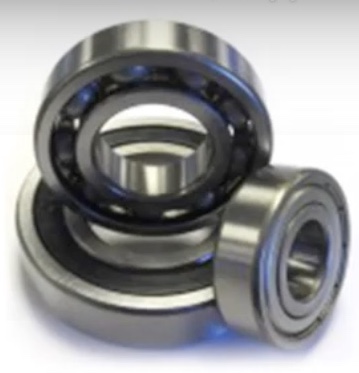 Ball Bearings
Ball Bearings Ball Screws
Ball Screws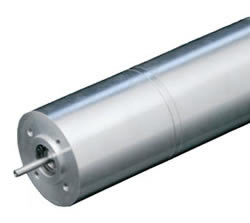 Electric Motors
Electric Motors Friction Materials
Friction Materials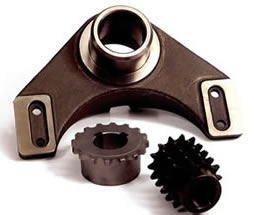 Gears
Gears Quick Release Couplings
Quick Release Couplings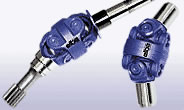 Shaft Couplings
Shaft Couplings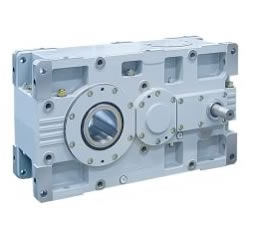 Speed Reducers
Speed Reducers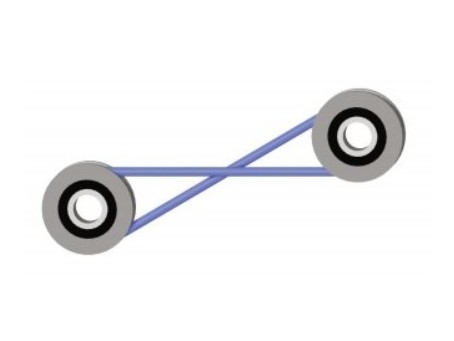 Timing Belting
Timing Belting Castings & Forgings
Castings & Forgings Bulk Material Handling
Bulk Material Handling Electrical & Electronic Components
Electrical & Electronic Components Flow Instrumentation
Flow Instrumentation Hardware
Hardware Material Handling Equipment
Material Handling Equipment Metal Cutting Services
Metal Cutting Services Metal Forming Services
Metal Forming Services Metal Suppliers
Metal Suppliers Motion Control Products
Motion Control Products Plant & Facility Equipment
Plant & Facility Equipment Plant & Facility Supplies
Plant & Facility Supplies Plastic Molding Processes
Plastic Molding Processes Pumps & Valves
Pumps & Valves Recycling Equipment
Recycling Equipment Rubber Products & Services
Rubber Products & Services